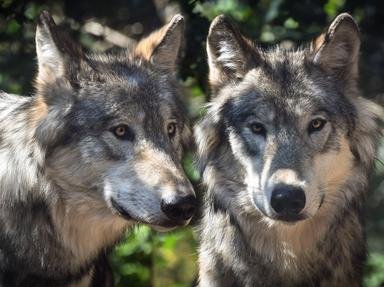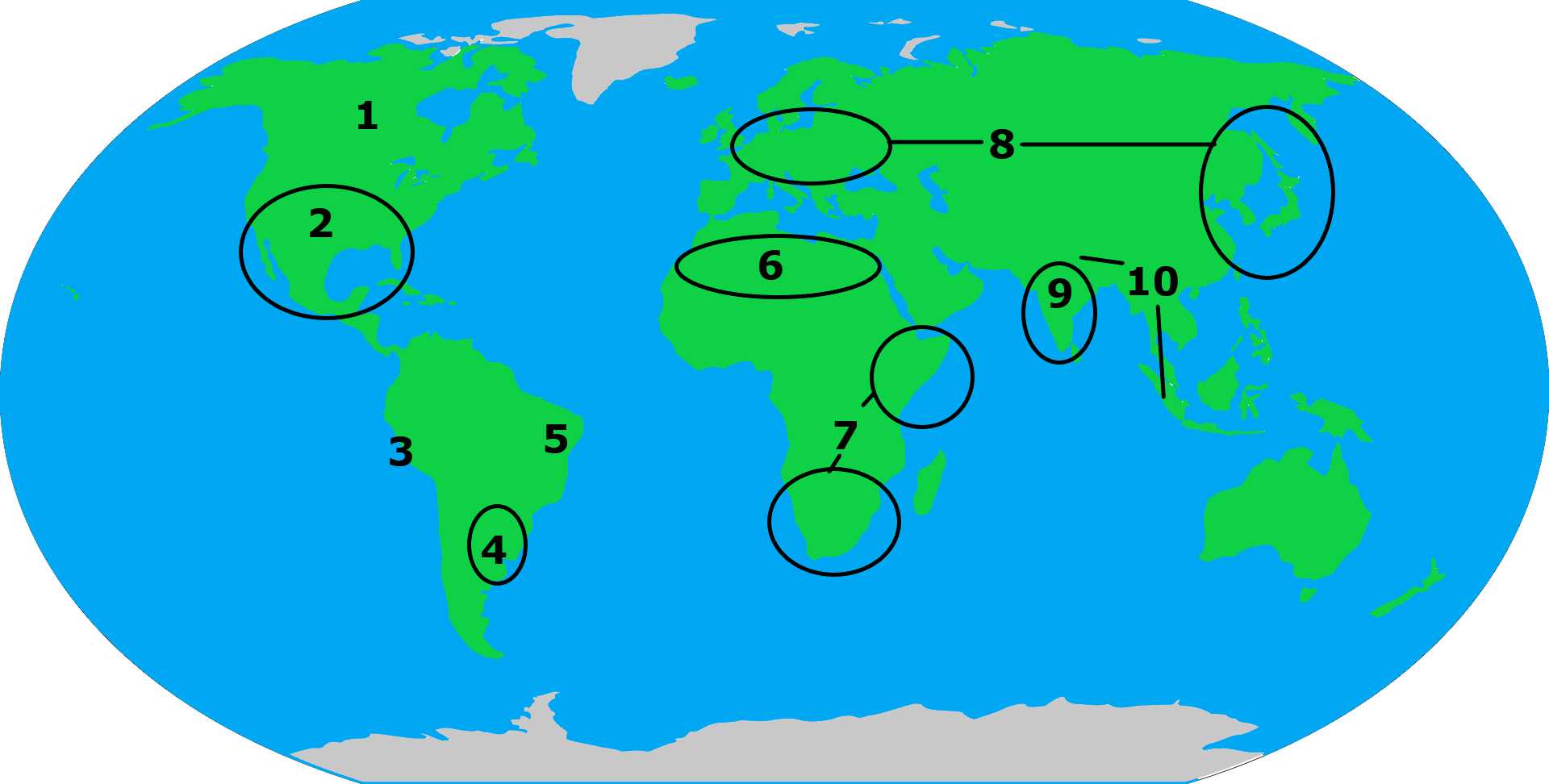
Canines Around the Globe Trivia Quiz
The world has gone to the dogs! In this quiz, identify where these ten members of the canidae family might reside on the world map. Good luck!
A label quiz
by kyleisalive.
Estimated time: 3 mins.


| 1. |
| 2. |
| 3. |
| 4. |
| 5. |
| 6. |
| 7. |
| 8. |
| 9. |
| 10. |